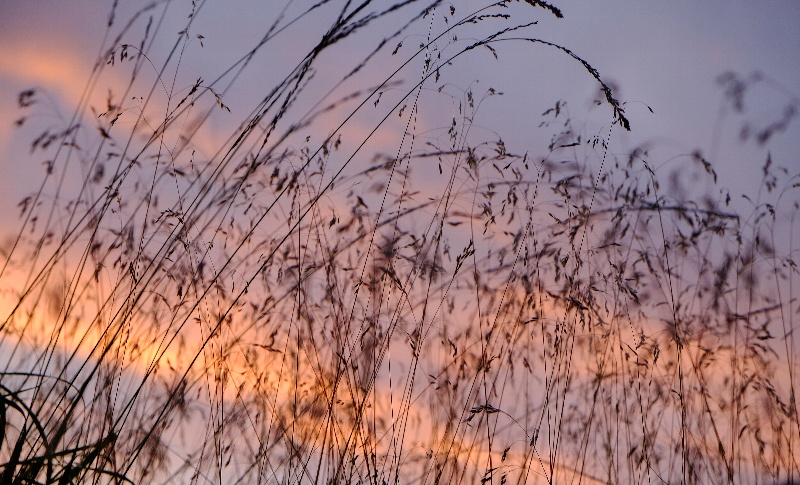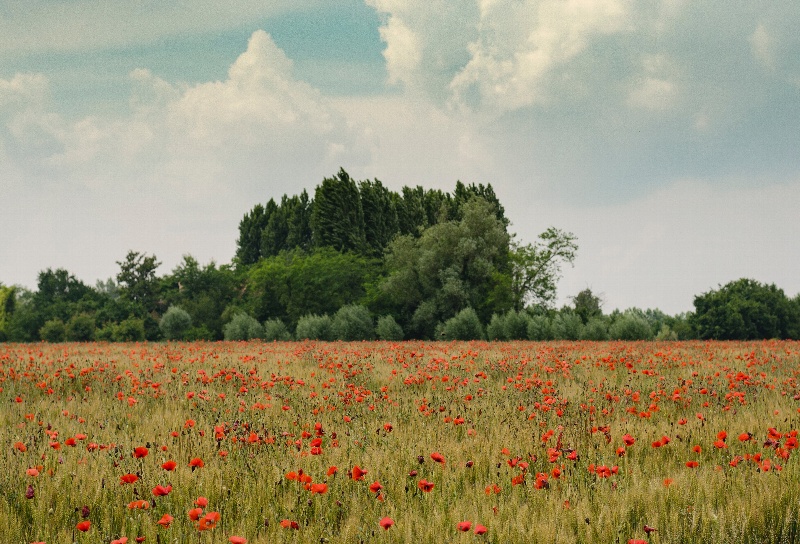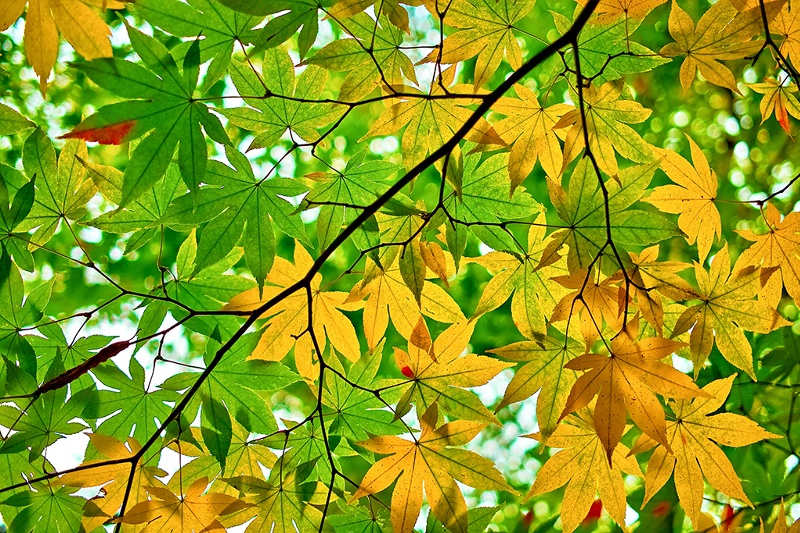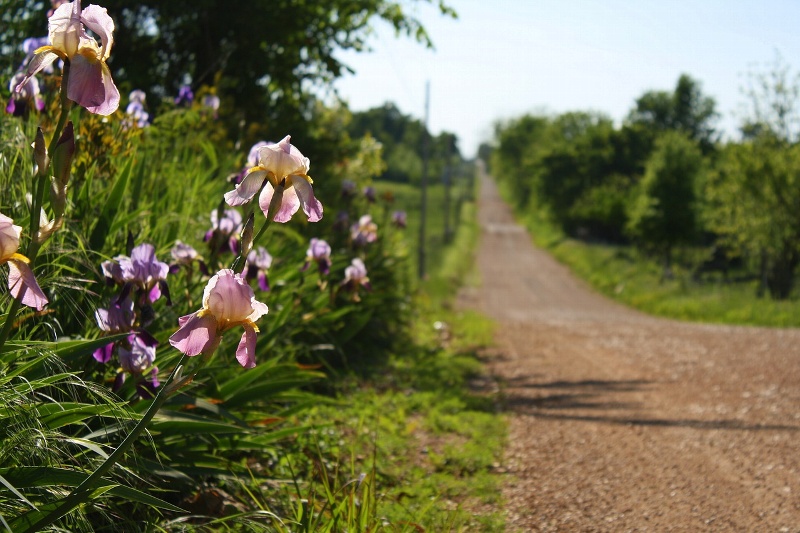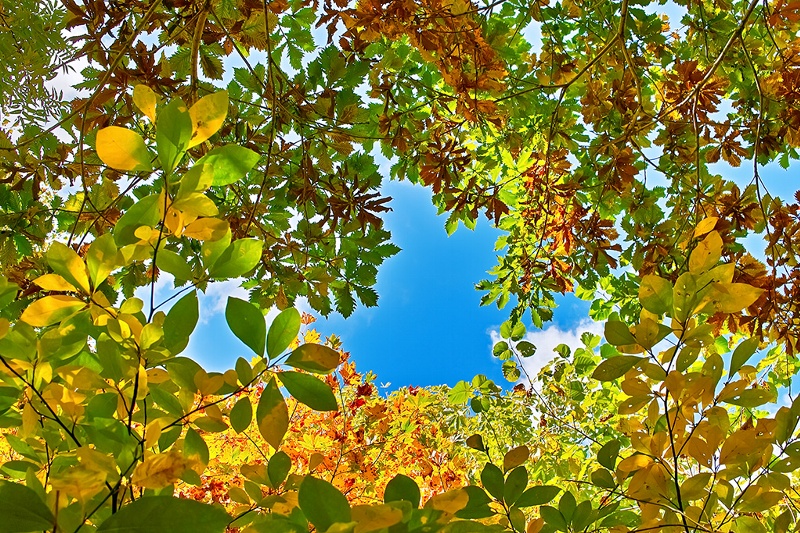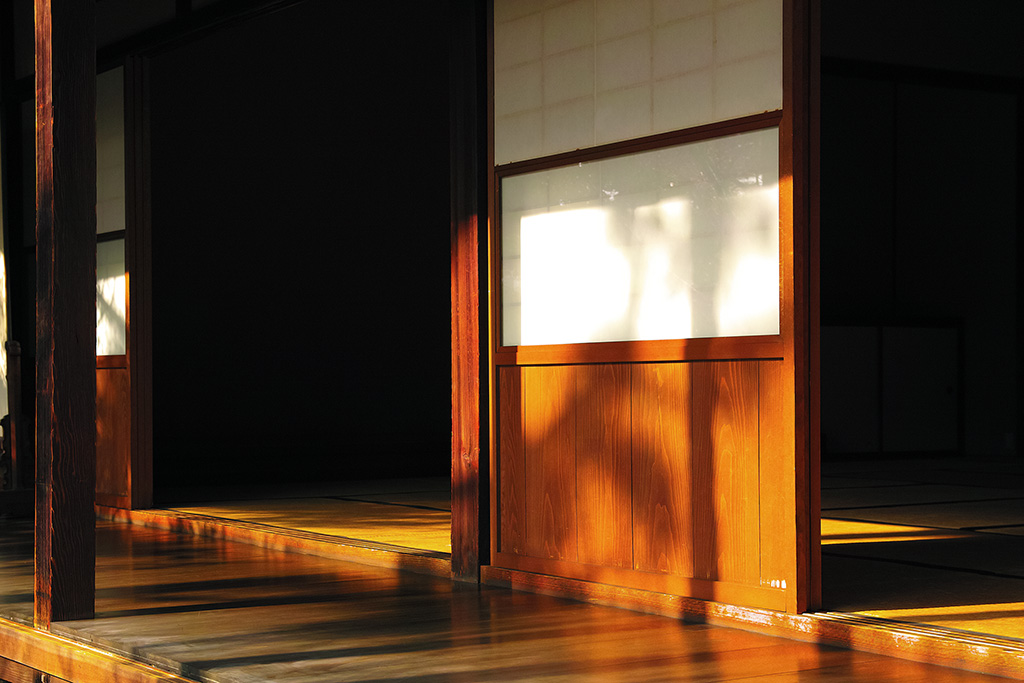Here is another Waka from Kokinshu portraying a melancholic autumn. What in natural settings do you think would be the best to express melancholy, especially in this season?
物憂げな秋を詠った和歌をもう一つ紹介します。物憂いという感情を表現するのにぴったりなもの、特に秋では何でしょうか。
あきのよの あくるもしらず なくむしは わがごとものや かなしかるらむ
akinoyono akurumo sirazu naku mushiwa wagagoto monoya kanashikaruramAutumn insects chirring and chirping the whole night long
Aren’t we of the same breed, singing a sad song?Literally:
Crickets chirping all night might have something sad to sing about just as I do.
秋の夜長に一晩中なき続ける虫たちは 私と同じように何か悲しいことがあるのだろうか。
あきはぎも いろづきぬれば きりぎりす わがねぬごとや よるはかなしき
akihagimo irodukinureba kirigirisu waga nenugotoya yoruwa kanashikiYellow leaves of bush clover deeper in hue
We are all well into the fall
Crickets chirping the whole night through
Sleepless in sadness as you bawlLiterally:
The bush clover is changing its color into deep yellow as autumn deepens, so crickets are chirping and I am awake in sadness throughout the night.
秋が深まるにつれて萩も色づき こおろぎもますます泣いているが 私と同じように悲しくて眠れないのだろうか
Another typical subject of Autumn songs is crickets. Japanese language has one general word for “chirping”, “chirring” and “warbling”: naku (crying/weeping). This fact makes it easy for a poet to use bugs and animals in a song about sadness. Chirring is a low, trilling sound while chirping sound is short, sharp, high-pitched. Look around and try to find something warbling, making a weeping sound, then you can get what you can share your tears with. But in urban settings it might be a squeaky door, the whir of a laptop fan, or the hum of lights and power lines.
秋の歌で取り上げられることが多いのが、こおろぎです。虫の鳴き声や鳥のさえずりなど色々ありますが、充てられる一般的な日本語の言葉は、「泣く」です。これによって虫や動物を、悲しくて泣くという歌に登場させることができるのです。”Chirring”は ジージー、リーンリーンといった低く震えるような音を、”Chirping”はジッジッ、ギッギッなどの短く鋭い高い音を表しています。周りを見渡して、泣くような音を立てているものを探してみましょう。それが、共に泣くことのできる相手ともなるわけです。ただ都会では、きしむドアや、パソコンのファンの音、電灯や送電線のブーンという音になってしまいますかね。
